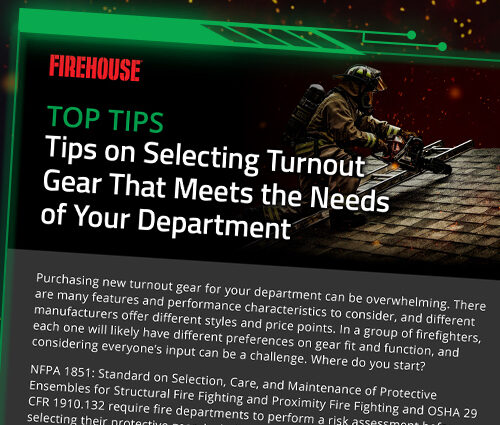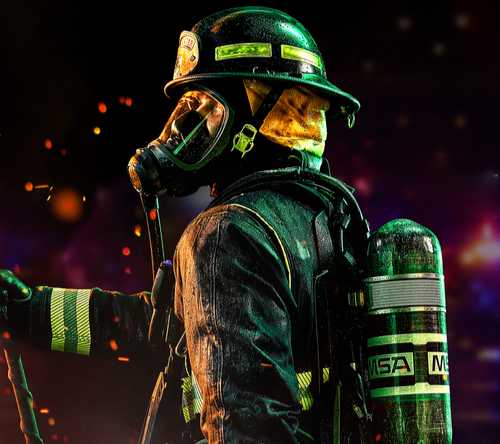
Significant advances have been made in our understanding of the hazards associated with structural firefighting.
A research team recently conducted a large-scale, comprehensive study to better understand how operating in an environment typical of today’s fireground impacts cardiovascular events and chemical exposures related to carcinogenic risk. The team consisted of the Illinois Fire Service Institute (IFSI), the UL Firefighter Safety Research Institute (FSRI), and the National Institute for Occupational Safety and Health (NIOSH), with support from Globe and academic researchers from Skidmore College and University of Illinois Chicago.
During this study, the following were measured:
- The production of heat, gases, and particulates in the fire environment;
- Contamination of firefighters’ PPE and skin;
- Absorption of that contamination into the firefighters’ bodies;
- Heat stress and cardiovascular responses;
How these variables were influenced by tactical decisions (interior only vs. transitional attack), operating location (inside ¬fire suppression/search vs. outside command/vent vs. overhaul); and - Effectiveness of mitigation techniques (skin cleaning, gross decon, off-gassing).
Based on findings from the study, the research team identified 10 key considerations related to cardiovascular and chemical exposure risks, broken into three categories:
Tactical Considerations Related to Occupant Exposure
1. Getting water on the fire
2. The value of the hollow core door
3. VEIS from the inside?
Exposure Considerations for Outside and Overhaul Operations
4. Heat stress during outside vent and overhaul
5. Hydrogen cyanide exposure to outside vent crews
6. High concentrations of PAHs and particulate exposure on the fireground
Cleaning and Decontamination Considerations after the Fire
7. PPE and skin contamination
8. Gross decontamination
9. Hood laundering
10. PPE off-gassing
For details about these 10 considerations, suggested actions to help reduce exposure, and the study, download our Firehouse Supplement.
This study was funded by the Department of Homeland Security’s Fire Prevention & Safety Grant program, along with additional support from the CDC Foundation and the National Toxicology Program.







